We recently bought a house, currently unoccupied, and we just removed the wooden ceiling in one room to reveal a layer of insulation, and under that a damaged lath and plaster ceiling:

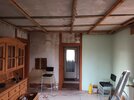
There are quite a few spots where the ceiling is damaged. I assume the damage occured before they put up the wooden ceiling because there were no signs of broken plaster when we took down the wood and insulation.
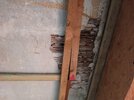
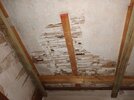
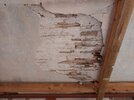
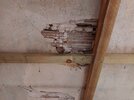
I'm not sure what the potential options available to us are. Perhaps:
1. Remove battens, repair damaged areas
2. Remove battens and replaster the entire ceiling
3. Remove battens, cover with plasterboard/wood
4. Leave the battens and put up a new dropped ceiling using plasterboards/wood
We don't need the layer of insulation in this room if that helps with any advice.


There are quite a few spots where the ceiling is damaged. I assume the damage occured before they put up the wooden ceiling because there were no signs of broken plaster when we took down the wood and insulation.




I'm not sure what the potential options available to us are. Perhaps:
1. Remove battens, repair damaged areas
2. Remove battens and replaster the entire ceiling
3. Remove battens, cover with plasterboard/wood
4. Leave the battens and put up a new dropped ceiling using plasterboards/wood
We don't need the layer of insulation in this room if that helps with any advice.
Last edited:

